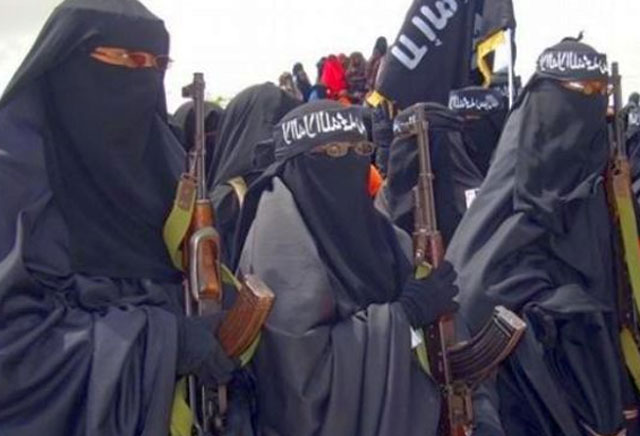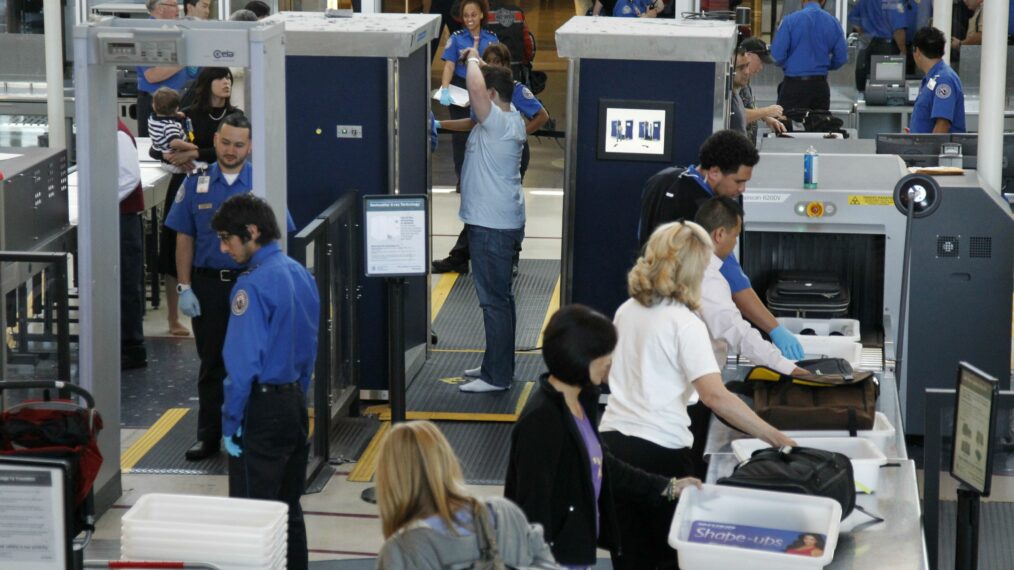Recruitment of women by violent extremist organizations has increased in recent years due to their value as strategic, political, and social tools in service of the organization’s mission. They attract less suspicion, making them valuable in bombing missions, but they also are of deep symbolic importance in the organization’s daily progress.

Recruitment of women by al-Qaeda disturbs Iraq government
In 2016, Indonesian police arrested two women, Dian Yulia Novi and Ika Puspitasari, after they had planned a suicide bomb attack.[1] These occurrences are often puzzling to officials since it is usually assumed women are only indirectly involved in extremist organizations through supporting or hiding their husbands or other men. This is not necessarily true.
While the exact number of women in terror organizations is unclear, the recently collapsed IS caliphate sheds light on the tally, like the approximately 800 women who had joined Daesh that are now being detained in northern Syria[2]. Roughly 10% of radical Islamic groups’ members are women, a portion that is surprisingly large and inspires questions about why women join these organizations. [3]
Women join terror organizations for the same reasons men do, despite the disparity in numbers from each gender who join. While women are often portrayed as more “virtuous” and “passive” than violent, they are drawn to the community, the ideology, and the identity just like men are. The promise of liberation, empowerment, and a cause to live for draws men and women alike to extremist groups[4]. In recent years, both women and men have come from all over the world to join the cause they believe in.
The presence of women in violent extremist organizations is important due to the symbolic significance they carry. Women joining ISIS, for example, are vital to the ideological effort through social-media recruitment. They represent the future of the cause and perpetuation of the ideology as wives and mothers.[5] While research suggests that they are not involved in daily violence as much as men are, they are far from passive.
While there are some valuable accounts, more research is needed to shed light on the exact roles women play in these communities, and what potential impact they have. Terror organizations have long understood women’s significance to their cause. They are potentially even more dangerous due to the lack of suspicion they arouse, and the support they are able to inspire in young recruits.[6]
Sources:
[1] Ayuningtyas, Kusumasari. Indonesian Seminar Outlines Women’s Roles in Terror Prevention. (January 26, 2018).
[2] 800 female Daesh terrorists detained in northern Syria. (February 10, 2018).
[3] Moss, C. (2017, July 2). Why Do Women Become Terrorists? The Daily Beast.
[4] Attia, B. M.-E. and S. (2017, May 9). Female terrorists and their role in jihadi groups.
[5] Baker, Aryn (September 6, 2014). How ISIS Is Recruiting Women From Around the World.
[6] Says, A. E. (2016, October 28). Increasing number of women recruited by terrorists.





























